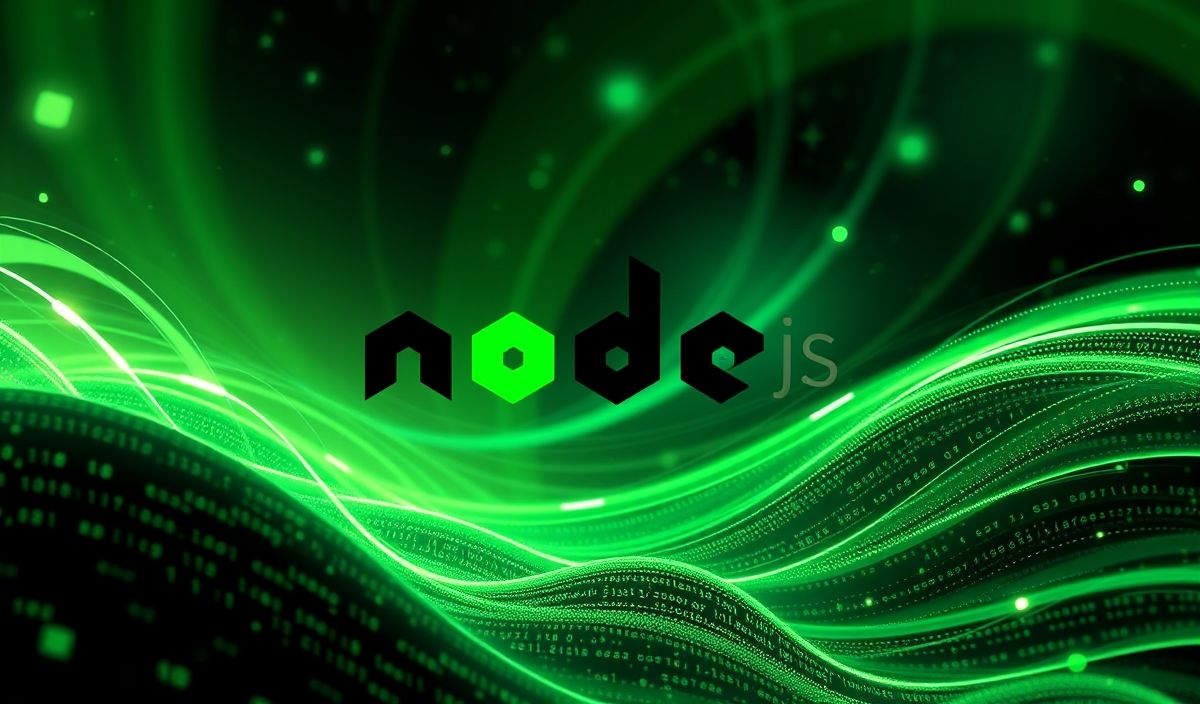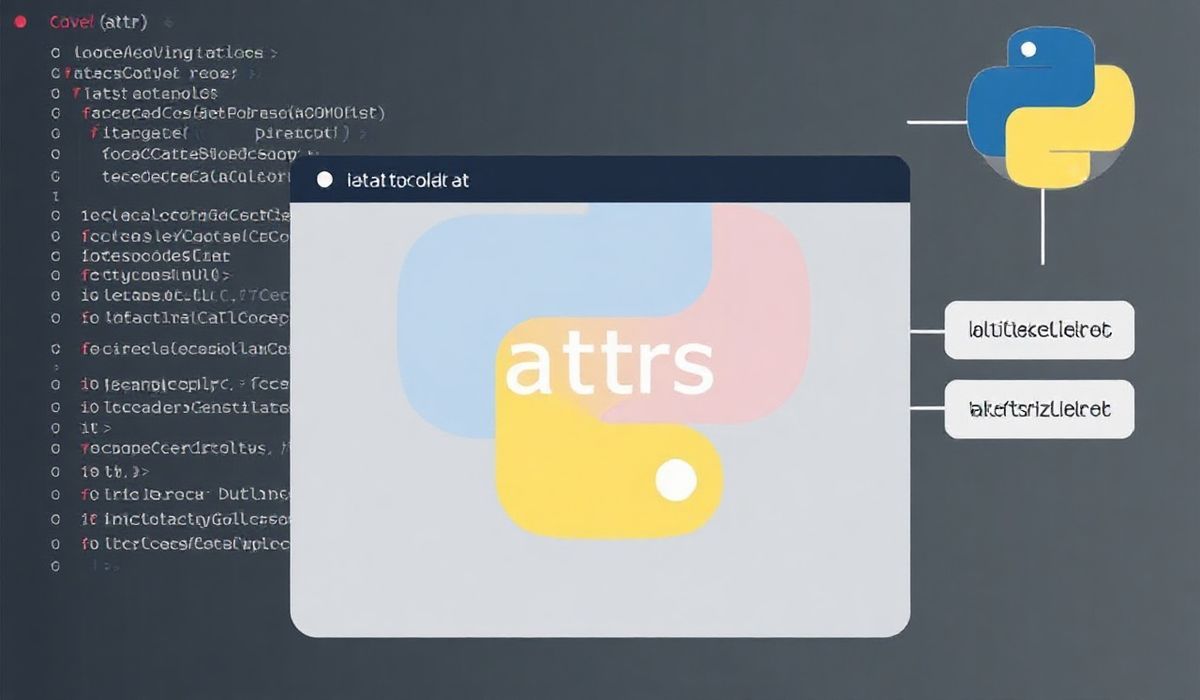Introduction to Redlock
Redlock is an advanced algorithm for distributed locking that is used to handle concurrency issues in distributed systems. It is developed by Redis and is trusted for its efficiency and reliability. By using Redlock, developers can ensure that only one process can access a particular resource at a time, thus avoiding race conditions.
Getting Started with Redlock
To start using Redlock, you need to install the redlock-py package:
pip install redlock-pyRedlock API Examples
Creating a Redlock Instance
from redlock import Redlock
dlm = Redlock([{"host": "localhost", "port": 6379, "db": 0}])This code initializes a Redlock instance with a Redis server running on localhost.
Acquiring a Lock
lock = dlm.lock("resource_name", 1000)This code tries to acquire a lock on resource_name for 1000 milliseconds.
Releasing a Lock
dlm.unlock(lock)This code releases the lock acquired on the resource.
Extending a Lock
dlm.extend(lock, additional_time=1000)This code extends the lock on the resource for an additional 1000 milliseconds.
Checking the Lock Validity
if lock.valid:
# proceed with the operation
This code checks if the lock is still valid before proceeding with the operation.
App Example with Redlock Integration
Let’s look at a comprehensive example where we use Redlock to handle concurrency in a web application:
from flask import Flask, request, jsonify from redlock import Redlock
app = Flask(__name__) dlm = Redlock([{"host": "localhost", "port": 6379, "db": 0}])
@app.route('/api/resource', methods=['POST']) def modify_resource():
lock = dlm.lock("resource_name", 1000)
if lock:
try:
# Critical section
data = request.json
# process the data
return jsonify({"status": "success"}), 200
finally:
dlm.unlock(lock)
else:
return jsonify({"error": "Resource is locked"}), 423
if __name__ == '__main__':
app.run(debug=True)In this example, we create a simple Flask web application with an endpoint /api/resource. When a POST request is made, Redlock is used to acquire a lock on the resource. If successful, the resource is processed, and finally, the lock is released.




